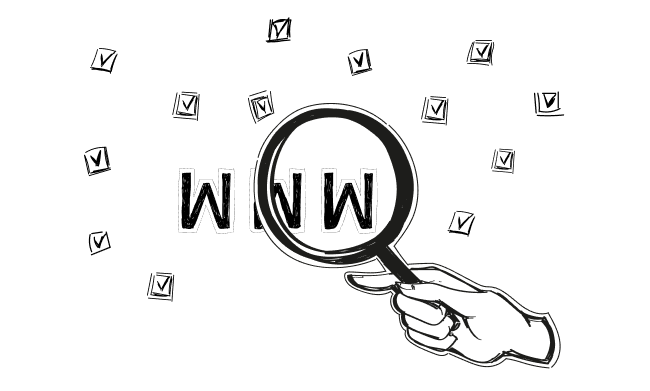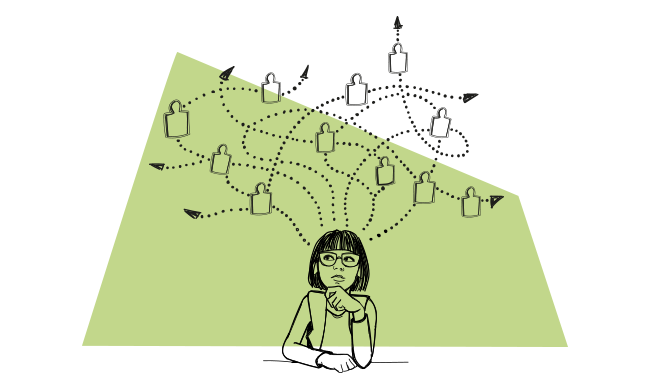A cold outreach campaign is all about reaching out to people who have never heard of your client’s brand. They have no idea who you are, and you can bet that they’re not happy to see yet another sales email in their inbox (to put it mildly).
So let’s say your message sinks in. Before responding, most of them will check out the client’s company. What they see there will, in large part, determine whether or not they decide to get in touch.
What is a client website audit and why is it important?
When launching an email campaign, your client likely has a goal. Most of the time, it’s to direct prospects to a page on the company website.
You can be sure that a substantial chunk of email recipients will check out the client’s website before deciding to write back or delete and forget that message.
That’s why it’s in your interest to audit the client’s website and understand how it fits into the context of the entire campaign. If you don’t, you risk losing the opportunity to generate leads. And even if you settle per campaign, not per lead, this will hurt your relationship with the client and close the door to repeat business.
How to audit your customer’s website in 4 steps
1. Check the client’s website for basic information
Take one glance at your client’s website. Do you instantly know what this company does? Can you trust them? Is the basic information about the company visible (name, address, and terms of service)?
Make sure that the website communicates all of that clearly to build trustworthiness and not make you look like a business created by some random amateurs.
2. Make sure the email directs to the right page
Suppose you send out a campaign to decision-makers who may be interested in cloud consulting services. But when they click on the link in the email, they land on your client’s homepage, which has web and mobile development at the top.
The site to which you link needs to be in line with the email’s content. Otherwise, you risk that your prospects will get confused and decide that your offer doesn’t apply to them.
In the scenario above, a landing page dedicated to cloud consulting services would be a much better choice because it’s relevant to the audience.
3. Look for case studies
Does the landing page include case studies directed at the campaign’s target audience? If not, make sure to add them. They build credibility and inspire people to reach out, especially if they feature well-known brands from the same sector.
4. Check if the website is mobile-friendly
Lots of people read emails on their smartphones, and you need to prepare for that. Test your client’s website on mobile devices to make sure that it looks good, communicates value, and puts your client’s company in the best light.
Wrap up
An email campaign is an integral part of the overall marketing activity and should be treated as such. If the website doesn’t look credible, even the most captivating and engaging email won’t make your campaign a success.
Create a checklist based on the points we shared above to quickly check a client’s website and avoid the most common pitfalls that may put your campaign at risk.
To learn more, check out this guide: Get More From Your SaaS Website: How to Convert Inbound Leads Into Sales vol 3.
READ ALSO

How to Structure Your Client Reporting Process
Suppose you launched an email campaign, sent out 300 messages, and got 100 positive responses. Throughout the campaign, you haven’t scheduled any reporting calls with the client but agreed to meet at the end to discuss the results.

How to Carry Out a Client Website Audit for Cold Emailing
A cold outreach campaign is all about reaching out to people who have never heard of your client’s brand. They have no idea who you are, and you can bet that they’re not happy to see yet another sales email in their inbox (to put it mildly).

How Do You Start a Lead Generation Business?
You’ve been handling leads either as a sales rep or marketer in a full-time position for a couple of years - at least. You know many tricks of the trade, but you’ve never done it on your own before. Or maybe you have, but not at scale.
